ISSN ONLINE(2319-8753)PRINT(2347-6710)
ISSN ONLINE(2319-8753)PRINT(2347-6710)
| Sayran A. Abdulgafar 1*, Omar S. Omar 2 ,Kamil M. Yousif 3 Assistant lecturer, Department of Physics, Faculty of Science, Dohuk University,Dohuk, Kurdistan Region, Iraq*1,2 Assistant Professor,Department of Environment, Faculty of Science, Zakho University, Zakho , Kurdistan Region, Iraq3 *1Corresponding Author |
| Related article at Pubmed, Scholar Google |
Visit for more related articles at International Journal of Innovative Research in Science, Engineering and Technology
Cooling of the solar cells is a critical issue, especially when designing concentrating photovoltaic (PV) systems. In the present work, the cooling of a photovoltaic panel via Water immersion technique is investigated. The aim of this project is to optimize the efficiency of a solar panel by submerged it in distillated water at different depths. Experiment is done for polycrystalline silicon panel. An evident increase of efficiency is found with increasing the water depth. Results are discussed; thermal drift has been reduced and the solar panel efficiency has increased by about 11% at water depth 6 cm.
Keywords |
| Solar Cell, Polycrystalline Silicon, Efficiency, Water Immersion technique |
INTRODUCTION |
| Photovoltaic solar energy (PV) is one of the renewable sources of energy. As it is known, the photovoltaic solar cell is a semiconductor device that generates electricity when light falls on it. A photovoltaic cell converts only a small fraction (~less than 20 %) of the irradiance into electrical energy [1]. The balance is converted into heating of the cell. One of the important parameters that affect the energy output of the PV module or system is the operating temperature .The electrical efficiency of PV cells decreases with temperature increase cooling can improve the electrical production of standard flat panel PV modules, since cooling keeps the PV cells from reaching temperatures at which irreversible damage occurs. It has been found that the efficiency and output power of PV module is inversely proportional to its temperature [2], [3]. A typical value for PV efficiency loss with temperature is 0.5% / oC [4] though this varies with the type of cell. There are two main effects increase the efficiency of a commercial panel placed in water [5]: |
| 1-reduction of light reflection (due to lower refraction index) |
| 2- absence of thermal drift |
| Both water and air are suitable to be used as the cooling fluid to cool the PV module in order to avoid the drop of electrical efficiency [6]. |
II.LITERATURE SURVEY |
| Many studies have been carried out on the cooling PV systems. Submerging the photovoltaic module has been one of the significant methods to overcome the heat generated by the PV module [7]. Krauter (2004) [8] Suggested a method of reducing reflection which also provided cooling replacing the front glass surface with a thin (1mm) film of water running over the face of the panel. It was found that reflective losses in glass can lead to losses in yield of 8-15%. The water decreased cell temperatures up to 22 o C. The improved optics and cell temperatures increased electrical yield 10.3% over the day. Meneses-Rodriguez et al. (2005) [9] investigated a novel method to improve the electrical efficiency with cooling. The authors explored the benefits of running PV cells at near their maximum theoretical temperatures (100-170 oC). Theoretically, the electrical efficiency can be in the range 10-16%. With a sink temperature of 30 o C, the authors estimate a theoretical total efficiency greater than 30%. Royne et al. (2005) [10] have studied a PV cooling methodologies, for use under concentrated illumination, provide a set of requirements for cooling techniques, e.g. during the cooling, it is desirable for the temperature to be uniform across the cells. Also, the cooling method needs to ensure that the operating temperature does not exceed the point at which irreversible degradation occurs in the cell. Zhu et al (2011) [11], used water cooling system in a high concentration PV system to avoid the cell degradation. Gardas and Tendolkar (2012) [1] used seven gasses for cooling in PV/thermal system; they found that hydrogen to be the best gas to maximize the output power of the system. Toe et al (2012) [12] studied air cooling system to increase the PV efficiency from (7-8%) to (12-14%). Chinamhora et al (2013) [13] used a water cooling system on the front and back of the PV module and the found that the cooling system could improve the efficiency of PV module during clear days, while it had disadvantages during cloudy days . Asachi (2013) [14] presents a combined photovoltaic and thermal Solar Panels in order to reduce the heat produced by PV system and enhance the output energy of PV and thermal collector. In the present work, distillated water immersion technique was used to improve the performance and the electrical efficiency of polycrystalline silicon panel. The I-V characteristics of a PV module under different depths of water have been tested. |
III.METHODOLOGY |
| A commercial polycrystalline solar cell with area of 15 cm2 was tested. Characteristics were determined with the use of the electrical circuit presented in figure 1. The experimental set up consisted of the following elements: Rheostat (R) in the range from 0 to 1000 Ω, Ammeter (A), type DT9205A, Voltmeter (V), type MS8205F. The measurements were carried out in Dohuk, Iraq, at the latitude of 36° 51' during October and November 2012. Measurements were carried out for direct normal irradiance (DNI) using solar radiation intensity meter (Voltcraft). The average value I = 700 W/m2. The air temperature was 36 o C, and the water temperature range was between 28 oC and 30o C. wind speed = 1 m/s. Efficiency of the tested solar cell was calculated by applying the following relation: |
| η = (Vm·Im/ I·S) ·100% …….(1) |
| Where: Vm – maximum voltage [V], Im – maximum current [A], I – intensity of radiation [W/m2],S – area of the cell [m2]. Fill factor of current – voltage characteristic of solar cells can be calculated by using the following relation: FF = Vm·Im/Voc·Isc …….(2) |
| Where: Voc– open circuit voltage [V],Isc – short circuit current [A]. |
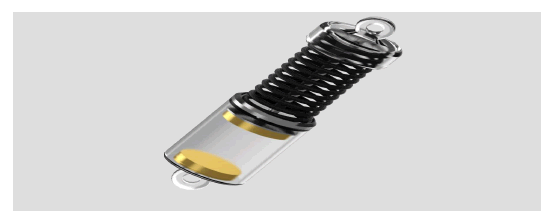 |
IV.RESULTS AND DISCUSSION |
| Atypical full current – voltage characteristic curve for polycrystalline silicon panel before submerging it in distillated water (i.e. depth-d=0) and for maximum power are displayed in Figure 2a and figure 2b respectively. |
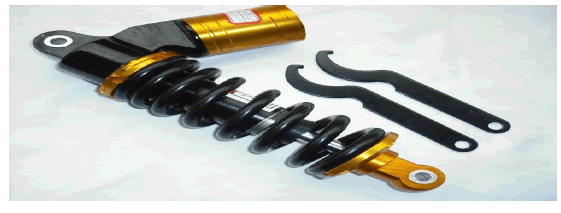 |
| The maximum voltage Vm = 5.2 V for I = 0.023 A, maximum power Pmax = 0.119 W and fill factor = 0.65 are obtained. The current – voltage characteristic, and the power characteristic for the PV panel submerged under different water depths (d) were presented in Figure 3 and figure4 respectively. |
| Table (1) illustrate a comparison of the values of maximum voltage Vm, maximum current Im, maximum power Pmax , solar irradiance I and fill factor FF for the solar panel submerged under different water depths. |
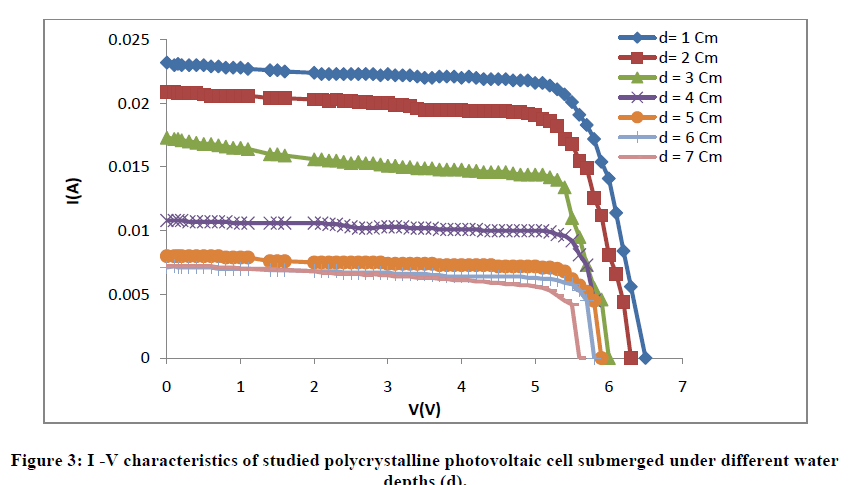 |
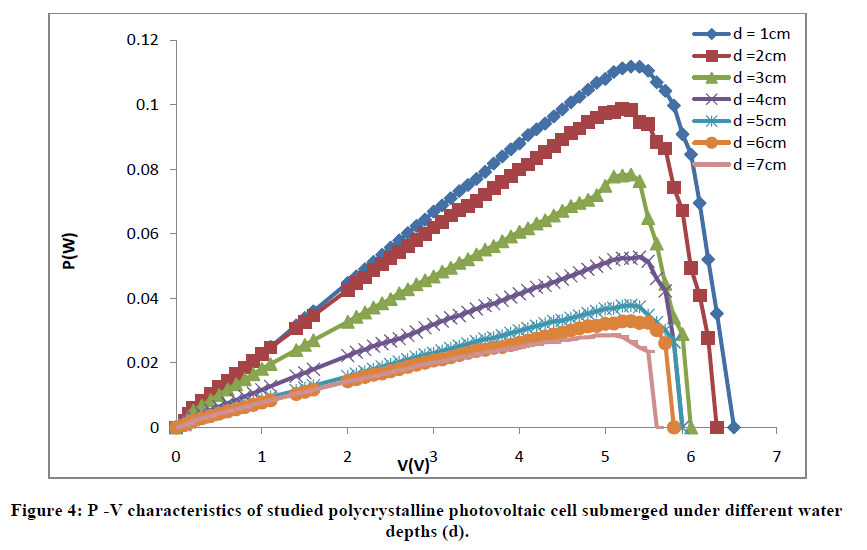 |
 |
| Figure 5 plots the % efficiency for the PV panel as a function of water depth. Increments in efficiency can be observed with increasing water depth, there is a maximum value for the efficiency about 22 % at a depth of 6 cm.This increase in efficiency may be related to change in the band gap of the corresponding absorber material in the PV cell, since the value of temperature coefficient is correlated to the band gap [2]. It was found that when the depth of water is more than 6 cm, the efficiency for the PV panel started to decrease. This may be related to electrolytic reaction at the electrodes or connections of the PV panel. [11]. Our results agree with many previous studies (such as ref. 1,3, 5, 7, 10, 11). |
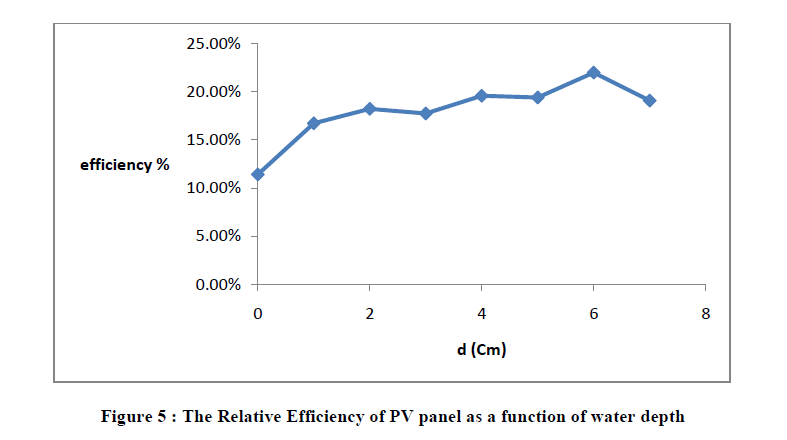 |
V.CONCLUSION |
| The behaviour of a photovoltaic (PV) panel submerged in water is studied. The PV panel performance improved after it was cooled by water. A sizeable increase of electric power output is found for shallow distillated water. The repeal of thermal drift increases the solar panel efficiency by about 11% at water depth 6 cm. Our results are in line with data presented in the literature. |
References |
|